Galapagos Islands
Why Galapagos?
Accommodations
The majority of visitors to the Galapagos do so by small ship or yacht (12-90 passengers) for cruises ranging from 3-11 nights. I was one of 20 passengers on Ecoventura’s 83-foot yacht, the Flamingo I, for a seven-night cruise, visiting seven of the 13 islands making up the Galapagos archipelago.
Two other identical expedition yachts, the Eric and the Letty, had been operated by tour company, Ecoventura, since 1990 but the Letty is the only one of the three currently among the fleet. Two expedition yachts, the M/V Origin and M/V Theory have been added, as well as a dive liveaboard, the M/V Galapagos Sky.
Some visitors stay ashore in a hotel on the islands of Santa Cruz or San Cristobal, and take day trips to nearby islands. Lodging is also available on the much less populated islands of Floreana and Isabela. However, land-based visits limit the range of islands that can be visited due to the distances.
Activities
Walk among giant land tortoises, snorkel with sea lions, watch the mating dance of the blue-footed booby bird and the waved albatross, and get up-close-and-personal with marine iguanas, Sally Lightfoot crabs, and many other species found only in the Galapagos. After dark, look up! Stargazing away from city lights, including being able to see the Milky Way galaxy and countless stars, is awe-inspiring.
Beaches
Gardner Bay Beach, Española, and Cerro Brujo beach, San Cristobal, are only two of the many beautiful beaches of the Galapagos. Sand color can vary from white to black and brown, even green, thanks to the presence of olivine crystals, a remnant of volcanic eruptions.
Food and Drink
If you are visiting the Galapagos as a cruise passenger, most meals will be served on board the ship. Food on the Ecoventura was excellent and plentiful; wine and alcoholic beverages were available. Food on inhabited islands ranges from seafood to pizza.
Getting There
Direct flights to the Galapagos (GPS) depart from Quito (UIO) or Guayaquil (GYE), Ecuador on Aerogal or TAME Airlines.
Location
The Galapagos Islands are located in the Pacific Ocean, 600 miles west of mainland Ecuador, South America.
Vibe
Quiet, peaceful, and life-changing… The Galapagos Islands, which became the first UNESCO World Heritage site in 1978, remains one of the most unspoiled places on planet Earth. Only four of its 13 islands are inhabited by humans. Ninety-seven percent (97%) of the land area of Galapagos is designated as National Park and visits can be made only to specific visitor sites with certified naturalist guides. Almost 2,000 species of plants and animals are unique to the Galapagos, including the giant land tortoise, the land iguana and the marine iguana. Nearly half the birds and insects, a third of the plants and 90% of the reptiles exist nowhere else on Earth.
More info
Visit the Galapagos Conservancy site for more helpful information about visiting the Galapagos Islands.
The article below was originally published in AAA Home & Away magazine, Hoosier edition, July/August 2013:
Galapagos: Island Paradise
In the Galapagos, outdoor and wildlife enthusiasts find natural treasures
Bright blue webbed feet were lifted high, one foot, then another, as the male booby bird strutted his stuff, part of an elaborate mating dance. The bluer the feet, the likelier a booby will be considered a “catch” in the seabird world. Just yards away, a blue-footed booby mom stood up to adjust the egg underneath her while her assumed mate sat motionless on a rock near the nest. We walked within a few feet of him, stopping to take photos and marveling at his apparent fearlessness of humans.
Nearby, a pair of waved albatrosses performed their own courtship ritual, bending, nodding, then clacking their bills together like fencers in a love match. Our naturalist guides told us that Española, the oldest of the Galápagos Islands and southernmost among this archipelago’s 19 islands, is the only place in the world where waved albatrosses breed. Just as astonishing is the fact that the highest number of endemic species are found here, meaning their habitat is restricted to Española.
Located approximately 600 miles off the coast of Ecuador, the Galápagos Islands, protected as a national park since 1959, are home to nearly 2,000 unique animal and plant species. The islands were made famous by Charles Darwin’s Origin of Species, which outlined his theory of evolution. One of the best ways to experience the Galápagos is aboard a small expedition yacht. I took the Flamingo I, a 20-passenger, 83 foot yacht, operated—along with its identical twins Eric and Letty— by tour company, Ecoventura.
Wondrous Wildlife
Upon our landing at Punta Suarez on Espanola’s western coastline, brightly colored Sally Lightfoot crabs scrambled across black rocks as our group disembarked from two inflatable Zodiacs that had transported us the short distance from the anchored Flamingo I. Our first encounter was with a sea lion mother nuzzling her newborn pup, its placenta still visible beside them.
Marine iguanas, sometimes called Christmas iguanas because of their unique red and green markings, congregated in piles as we made our way down the path. The only sea-going lizards in the world, marine iguanas live on land and enter the water to feed on seaweed and algae.
As we stopped to observe masked Nazca booby birds nesting a bit closer to the coastline, past their blue-footed cousins, Galápagos lava lizards sun themselves on the rocks.
Back on the yacht, we gathered for lunch, shared photos, and marveled at all we have seen before retreating to our cabins for a short siesta. But the day’s adventures weren’t over. A couple of hours later, we arrived at Gardner Bay, a lengthy strand of fine, white sand that is home to a large colony of sea lions. While we try to keep a distance of a few feet, it was, at times, practically impossible to do. Like the birds at Punta Suarez, the sea lions seem oblivious to the human visitors walking among them.
On Bartolomé island, after a Stairmaster-like climb up 360 wooden steps to the summit of a once-active volcano, we were rewarded with a view of the island’s barren landscape, once described by astronaut Buzz Aldrin as more like the moon than any place on Earth. The panorama is punctuated by an eroded tuff cone formation called Pinnacle Rock, the site of our afternoon snorkeling excursion.
By the time we returned to San Cristobal Island for our flight back to Guayaquil, Ecuador, we have snorkeled numerous times with sea lions as our underwater playmates, trekked through the highlands to encounter giant Galápagos tortoises in their natural habitat, and spotted Galápagos penguins, flamingos, frigate birds and many others found only on these remote islands.
To ensure protection of its rare and endemic species, the number of passengers and cruises entering the National Park is restricted. The Galápagos archipelago was designated the first UNESCO World Heritage Site in 1978 and it remains one of the most unspoiled places on the planet.
Floating Hotels
Ecoventura’s three yachts depart weekly from San Cristobal, offering two seven-night itineraries, which cruise through either northern or southern portions of the Galápagos. Each visits 12 sites on six islands. Because of their small size and maximum 20-passenger capacity, Ecoventura yachts are allowed to visit certain sites larger vessels are not. Comfortable cabins, surprisingly good meals, a congenial crew and knowledgeable naturalist guides—one for every 10 passengers—combine to create an unforgettable week.
Planning Your Trip
To learn more, call (800) 633-7972 or visit www.ecoventura.com.
To ensure protection of its rare and endemic species, the number of passengers and cruises entering the National Park is restricted. The Galápagos archipelago was designated the first UNESCO World Heritage Site in 1978 and it remains one of the most unspoiled places on the planet.
Open a PDF of the article as it appeared in the July-August 2013 issue of AAA Home & Away magazine here: Galapagos-AAAHomeAndAway-Brouillette-Jul-Aug2013
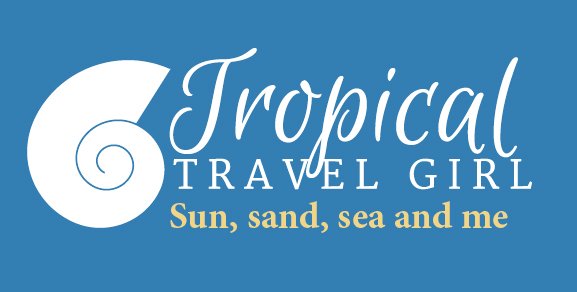

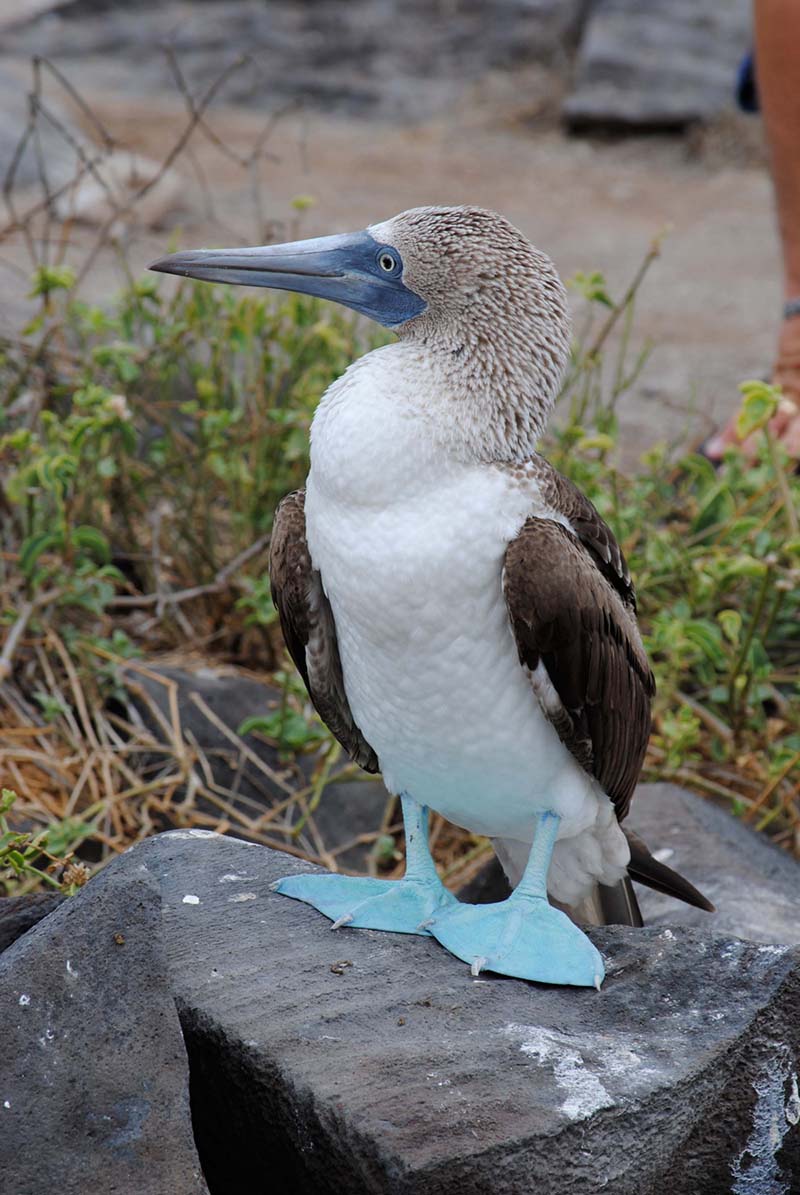
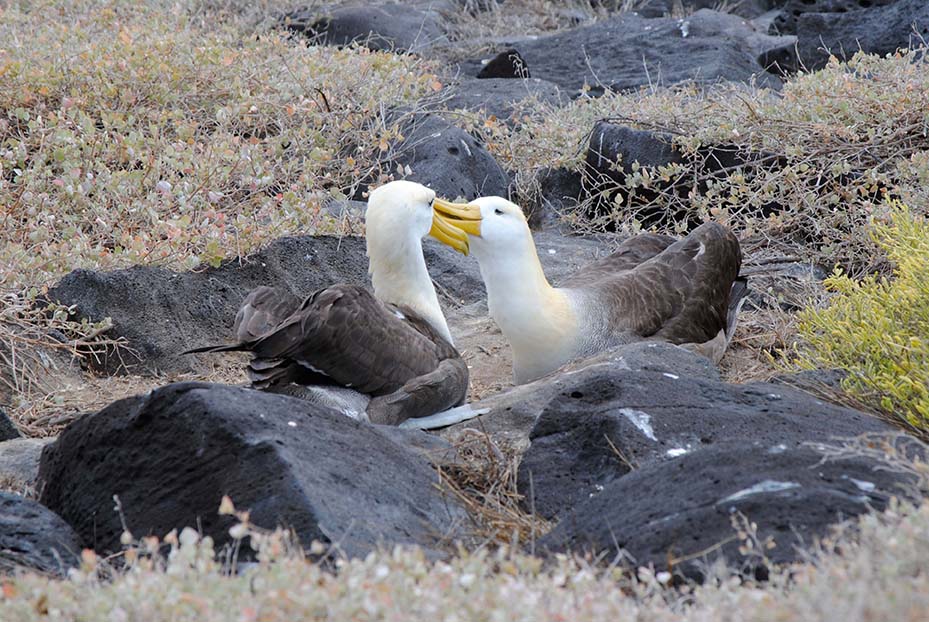
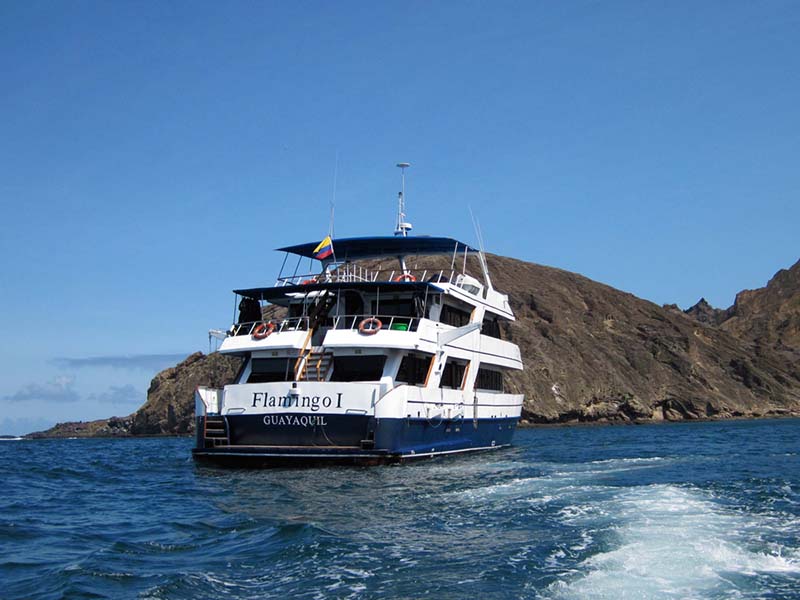
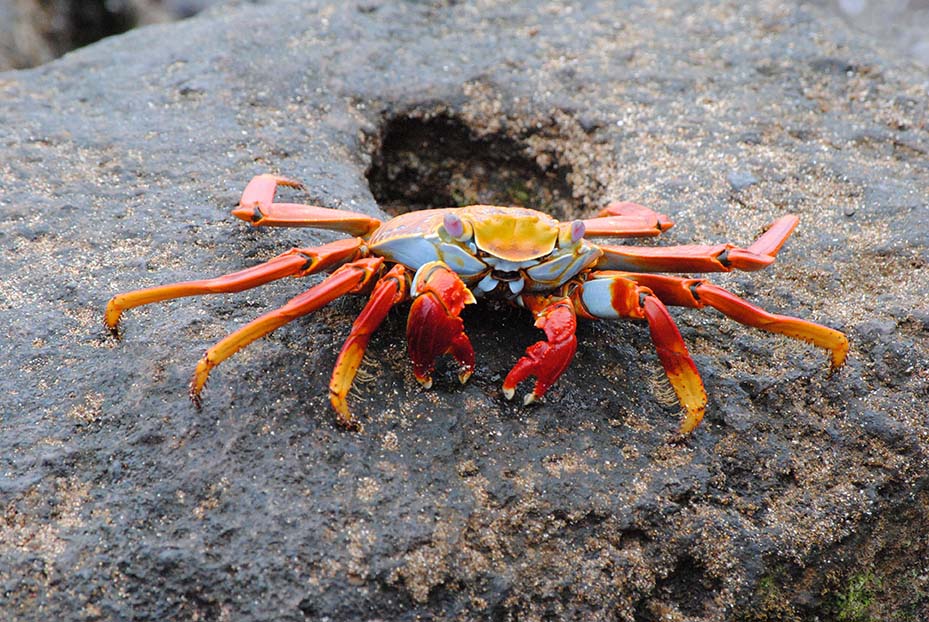
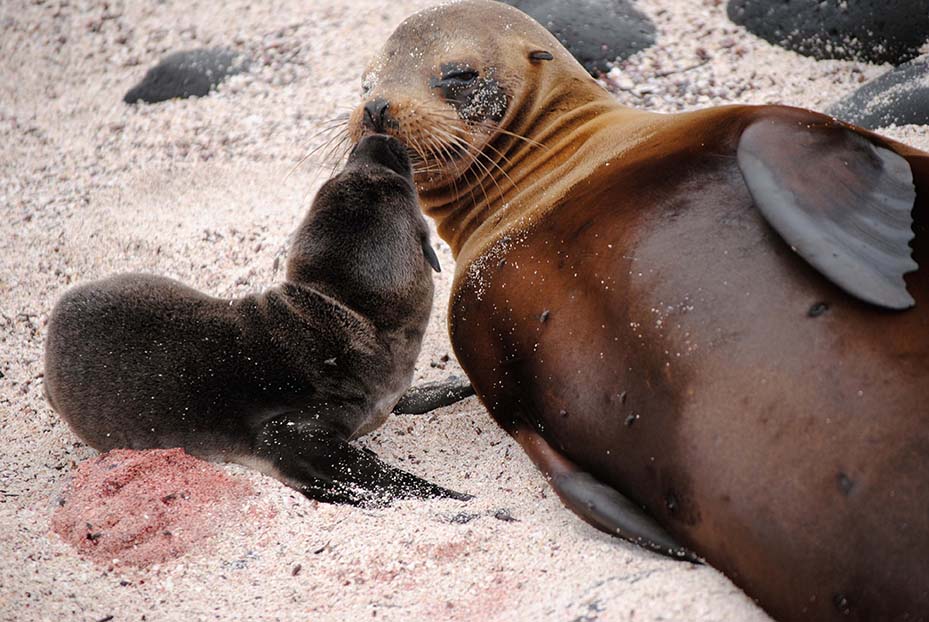
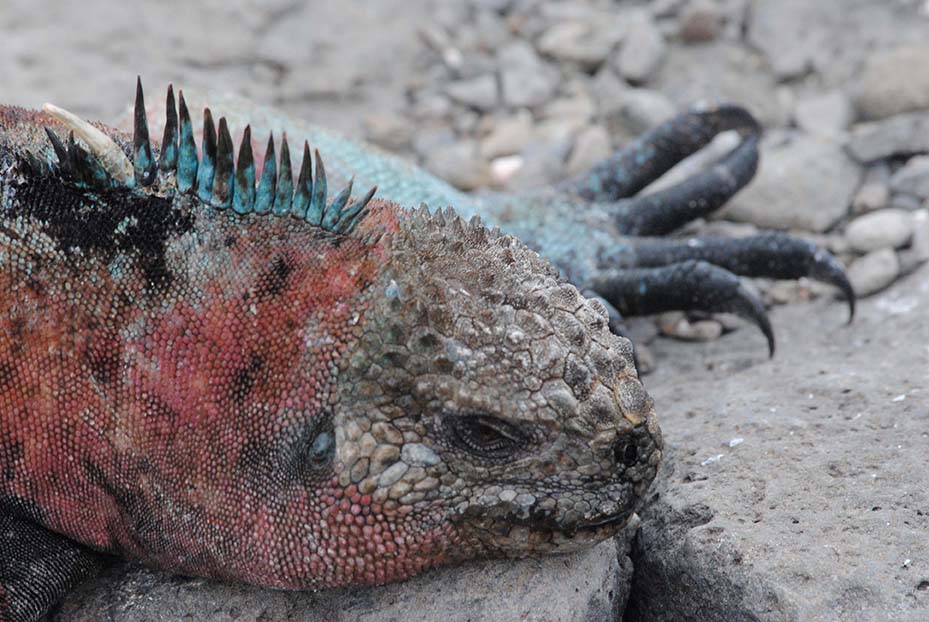
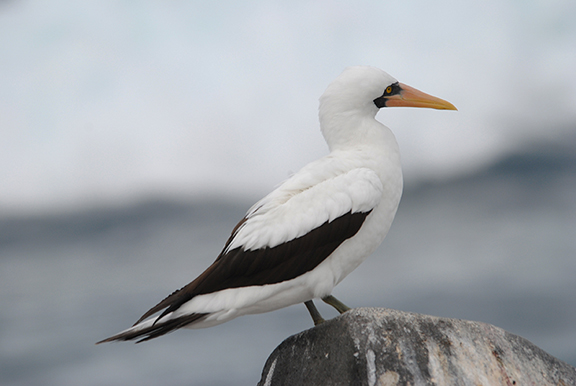
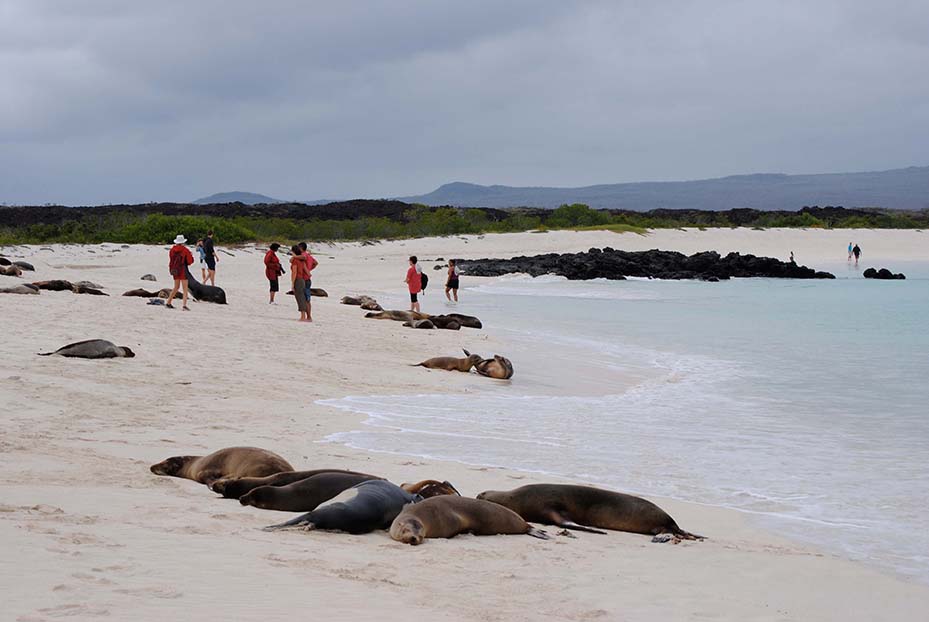
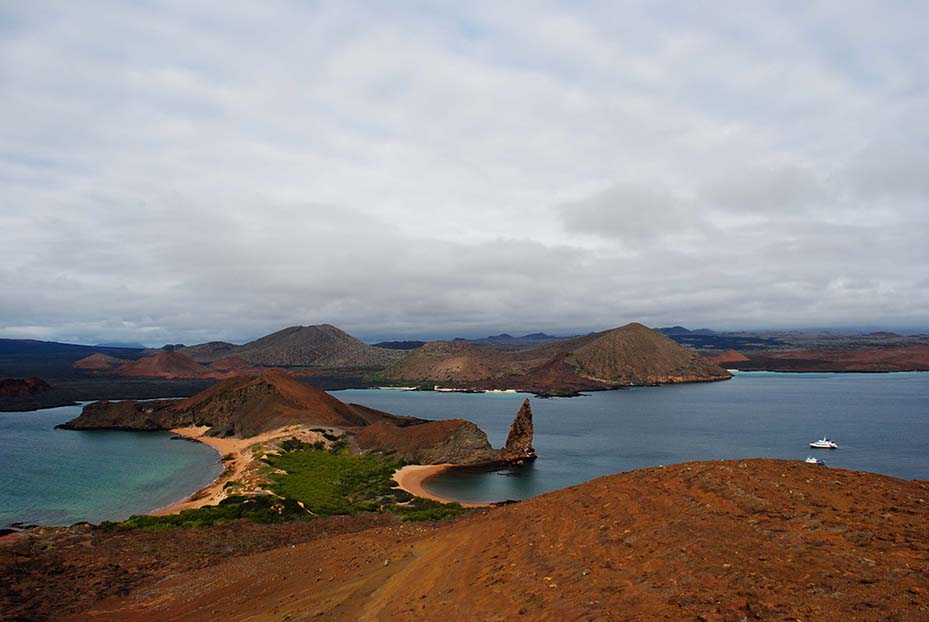
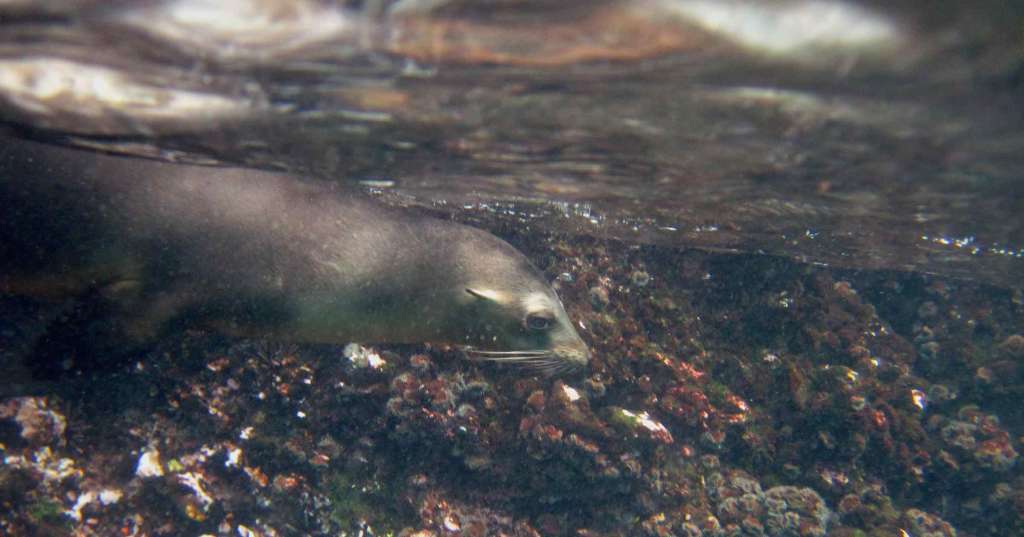
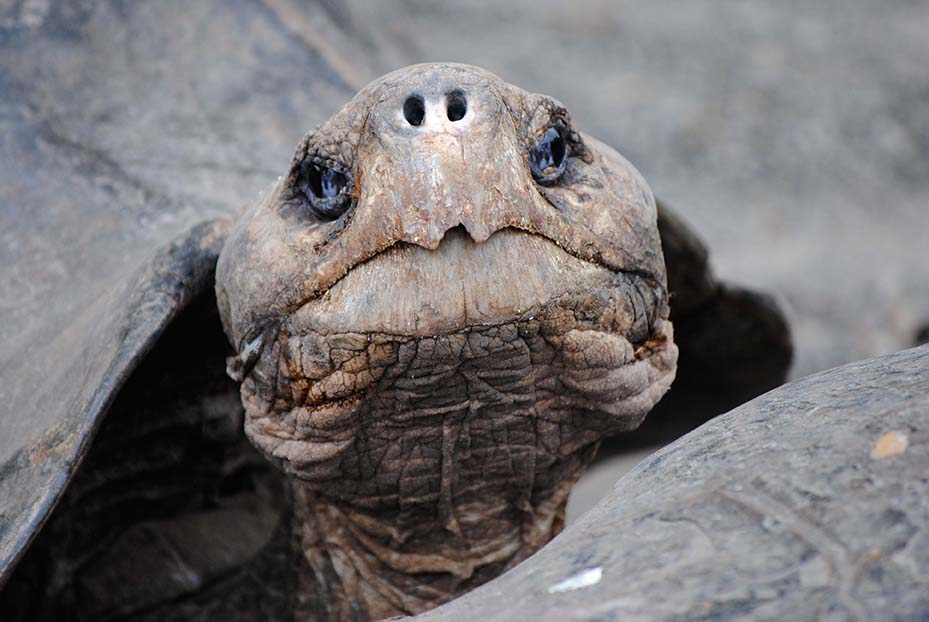
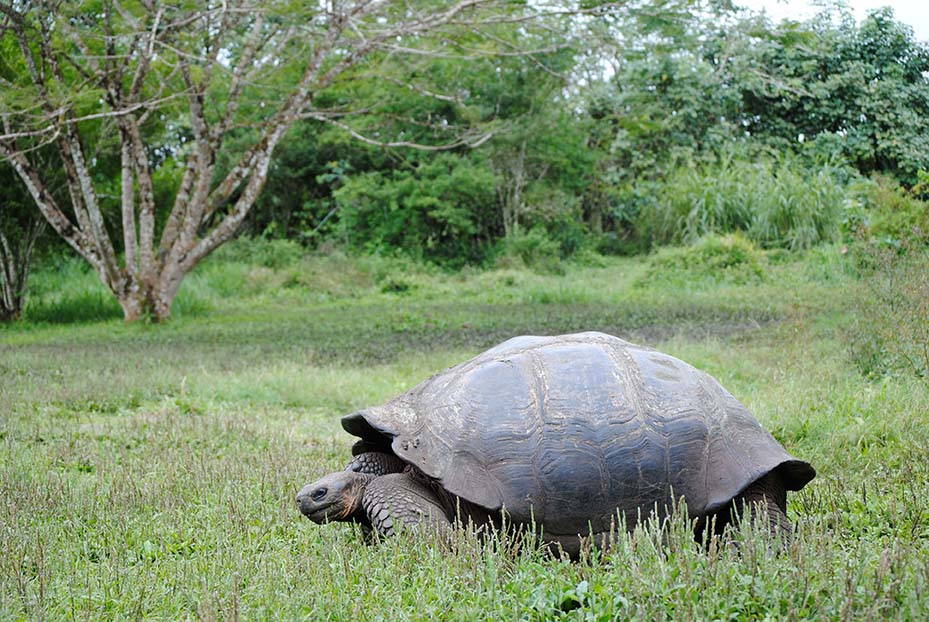
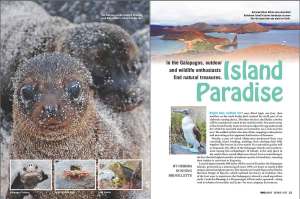
I so want to go! Your photos are fabulous!
Look who’s talking! You are an amazing photographer. I love your underwater photos but know you would also love the Galapagos. I am ready to go back!
Great post, Debbra! I love detailed and informative posts like yours! Plus, the pictures are pitch perfect!
Hi, Agness! Thanks for stopping by and leaving a comment! I appreciate it and am so glad you enjoyed the photos. The Galapagos Islands trip was a very special one, a trip of a lifetime!
Super post, Debbie. I love the photos. Especially the one of the blue footed Booby!
Thanks, Doreen! The blue-footed booby birds were among my favorite creatures! Being able to see them do their mating dance by raising up their feet was so cool!